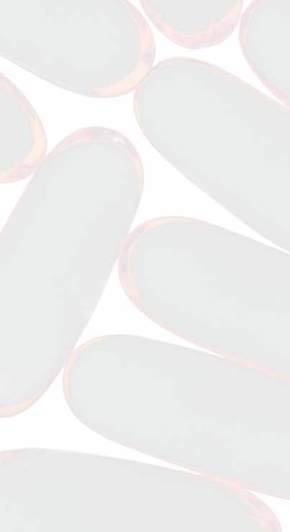Basic HTML Version



T
he vast majority of people have some level of desire or craving for,
dependency on or addiction to, one or more substances. Some are
mildly dependent on substances like caffeine, sugar or alcohol –
they get on with life, perhaps experiencing some benefits as well as
some downsides. Some have tried to stop taking the substance because they
wanted to be healthier, but started using the substance again because of the
discomfort this caused. Others have had their lives ruined by addiction, are
desperate to quit and may have attempted to many times.
Others still have successfully quit an addictive substance, expecting to
feel so much better but only to find, months or even years later, that they still
feel lousy. Whichever of these apply, the chances are that they have
experienced some level of what we call ‘abstinence symptoms’ – symptoms
that emerge when the addictive substance is removed, but after the
immediate withdrawal phase. They include cravings, hypersensitivity to
stress, noise or pain, feeling empty, incomplete, anxious or ‘shaky’, having
problems with memory or sleep, fatigue, mood swings, restlessness and
impulsiveness or depression – in short, pain and misery.
It is these symptoms that often cause people to return to the addictive
substance, whether it’s sugar, nicotine, caffeine, alcohol or cocaine – the
reason why attempts to give up fail. But what if you didn’t experience these
abstinence symptoms? What if you had no cravings, no mood swings, no
sleep problems and had good energy and motivation?
This should be our normal state – when the brain is working properly it
creates a sense of wellbeing and satisfaction. When you are taking in the
right nutrients your brain rewards you. Craving, dependency and addiction are
what happens when the reward system goes wrong.
Every addictive substance, from caffeine to cocaine, works because it
mimics or increases levels of naturally occurring brain chemicals such as the
neurotransmitters dopamine, serotonin and endorphins that are all part of
the brain’s reward system. If you are reward deficient and you find a
substance that makes you feel good, your brain gives you a pay-off and you
are going to use that substance again.
However, the more a person consumes the more their brain adapts to the
presence of these substances, until they must use larger and larger
quantities to get the same effect, causing more and more changes in the
brain. As neurons in the brain adapt to larger and larger quantities, the brain
can become reliant on the mood-altering substance and increasingly shuts
down its own production of neurotransmitters. By this stage, attempts to quit
soon lead to a whole host of abstinence symptoms that tell the person they
must have the substance – life is not worth living without it. The addictive
substance has hijacked the brain.
One logical way out of this cycle is to feed your brain the concentrated
building blocks – amino acids – of its own natural feel-good chemicals, the ones
the addictive substance has replaced. Twenty years ago a series of trials – some
placebo-controlled double blind – by Kenneth Blum, who first coined the phrase
‘reward deficiency’, illustrated the benefits of this approach. More recent
research, published last year, gave either placebos or amino acids to cocaine
addicts and pathological gamblers. The cocaine users who were given amino
acids found their desire for cocaine significantly reduced and 59 per cent of the
18 |
drinkanddrugsnews
| 23 March 2009
Research |
Addiction
www.drinkanddrugsnews.com
Addictive substances
‘hijack’ the brain by
depleting, mimicking
or interfering with its
neurotransmitter-based
reward system.
Nutritionist and
psychologist
Patrick Holford
describes how
nutrition strategies
can reduce craving
and prevent relapse.
Regain your brain

